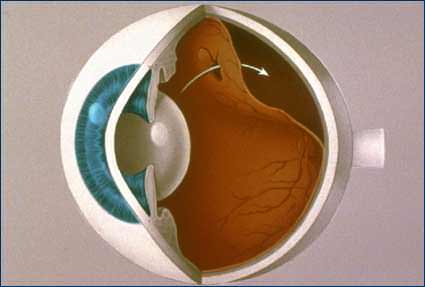Torn & Detached Retina Treatment Lancaster, PA
- Home
- Torn & Detached Retina Treatment Lancaster, PA
Also Serving Patients in Lititz, Elizabethtown, and Mount Joy

How Does the Retina Tear and Detach?
As one gets older, the vitreous, the clear gel-like substance that fills the inside of the eye, tends to shrink slightly and take on a more watery consistency. Sometimes as the vitreous shrinks it exerts enough force on the retina to make it tear.
A tear in the retina increases the chance of developing a retinal detachment. Fluid vitreous, passing through the tear, lifts the retina off the back of the eye like wallpaper peeling off a wall. Laser eye surgery or cryotherapy (freezing) are often used to seal retinal tears and prevent detachment.
Treatment Options
If the retina is detached, it must be reattached before sealing the retinal tear. There are three ways to repair retinal detachments. Pneumatic retinopexy involves injecting a special gas bubble into the eye that pushes on the retina to seal the tear. The scleral buckle procedure requires the fluid to be drained from under the retina before a flexible piece of silicone is sewn on the outer eye wall to give support to the tear while it heals. Vitrectomy surgery removes the vitreous gel from the eye, replacing it with a gas bubble, which is slowly replaced by the body’s fluids.


